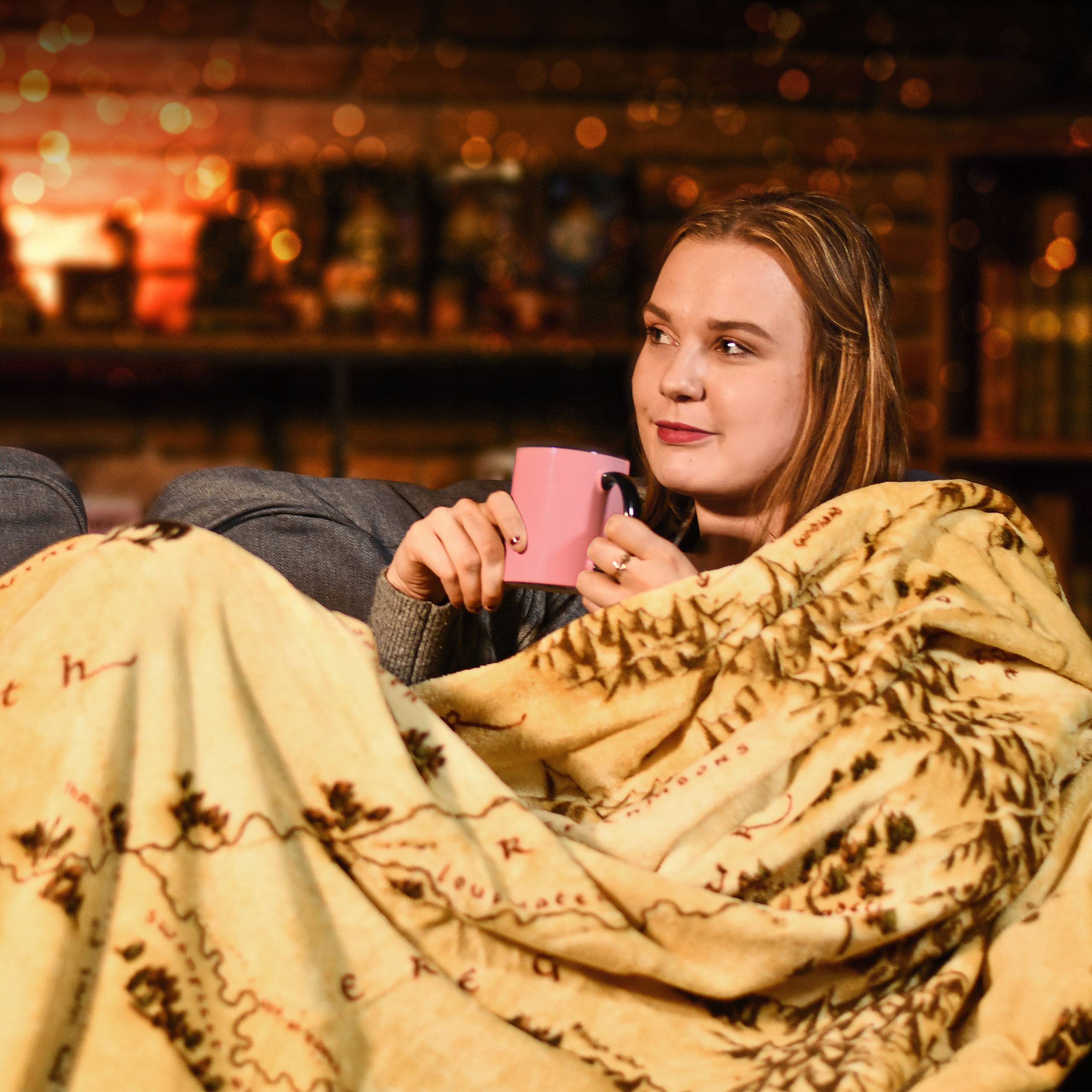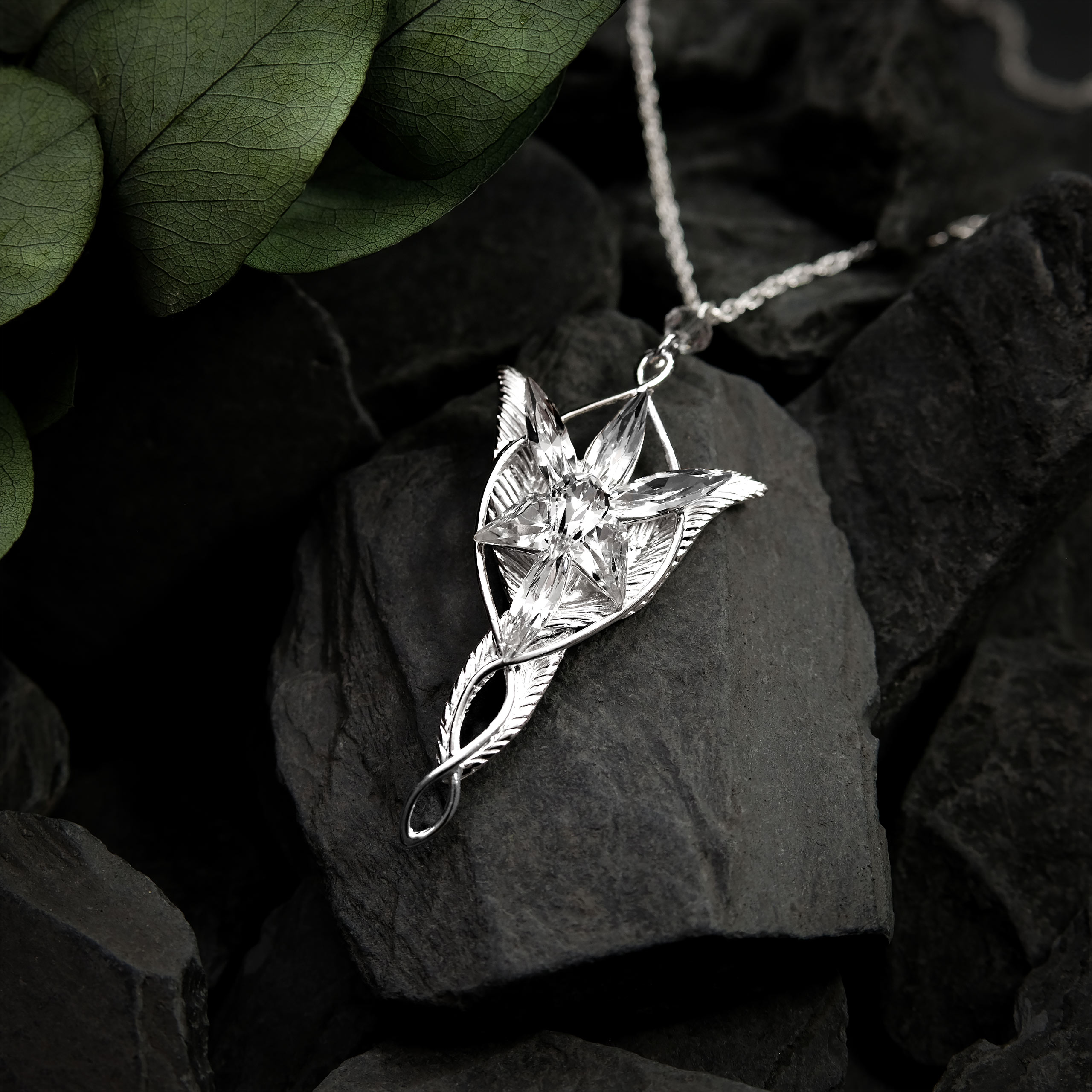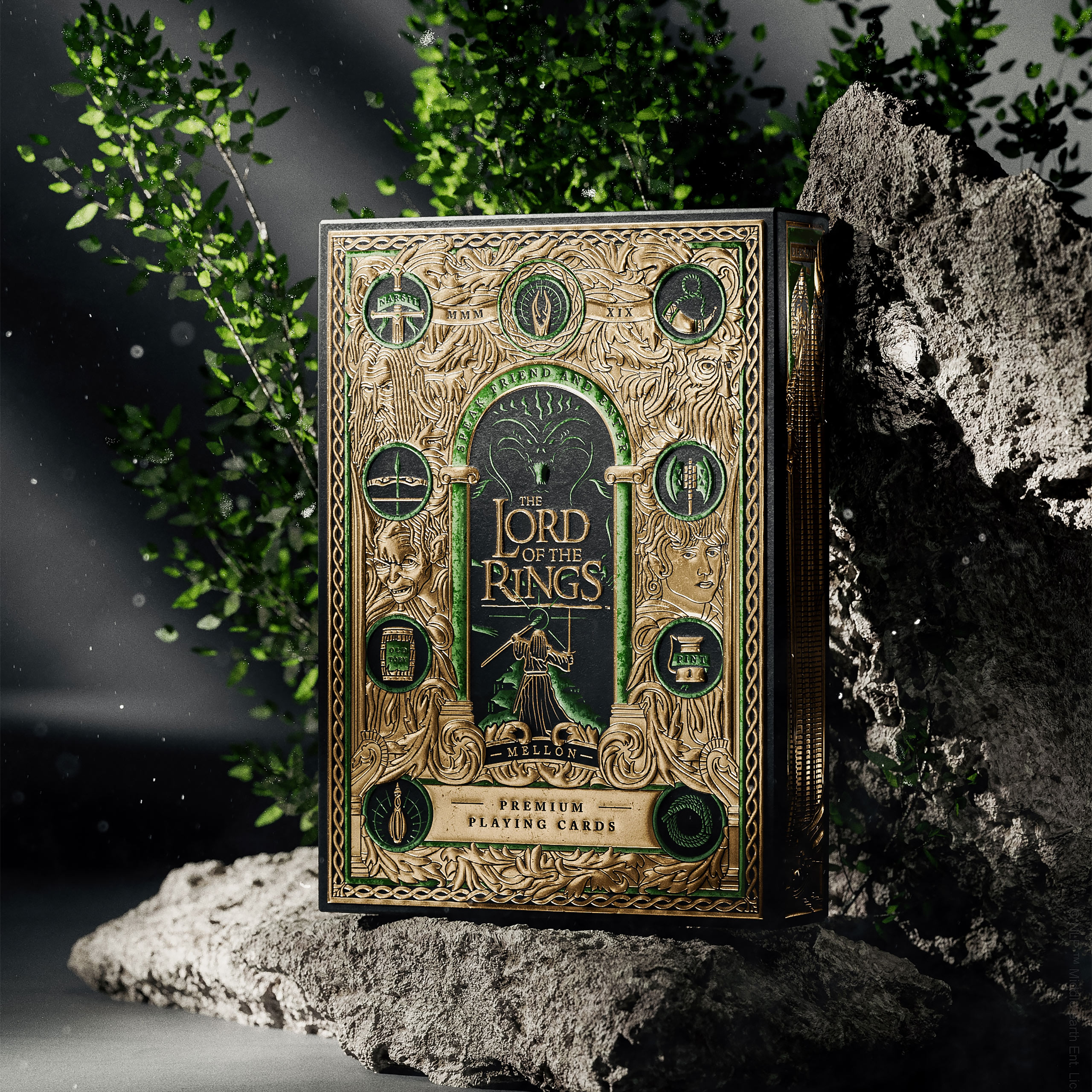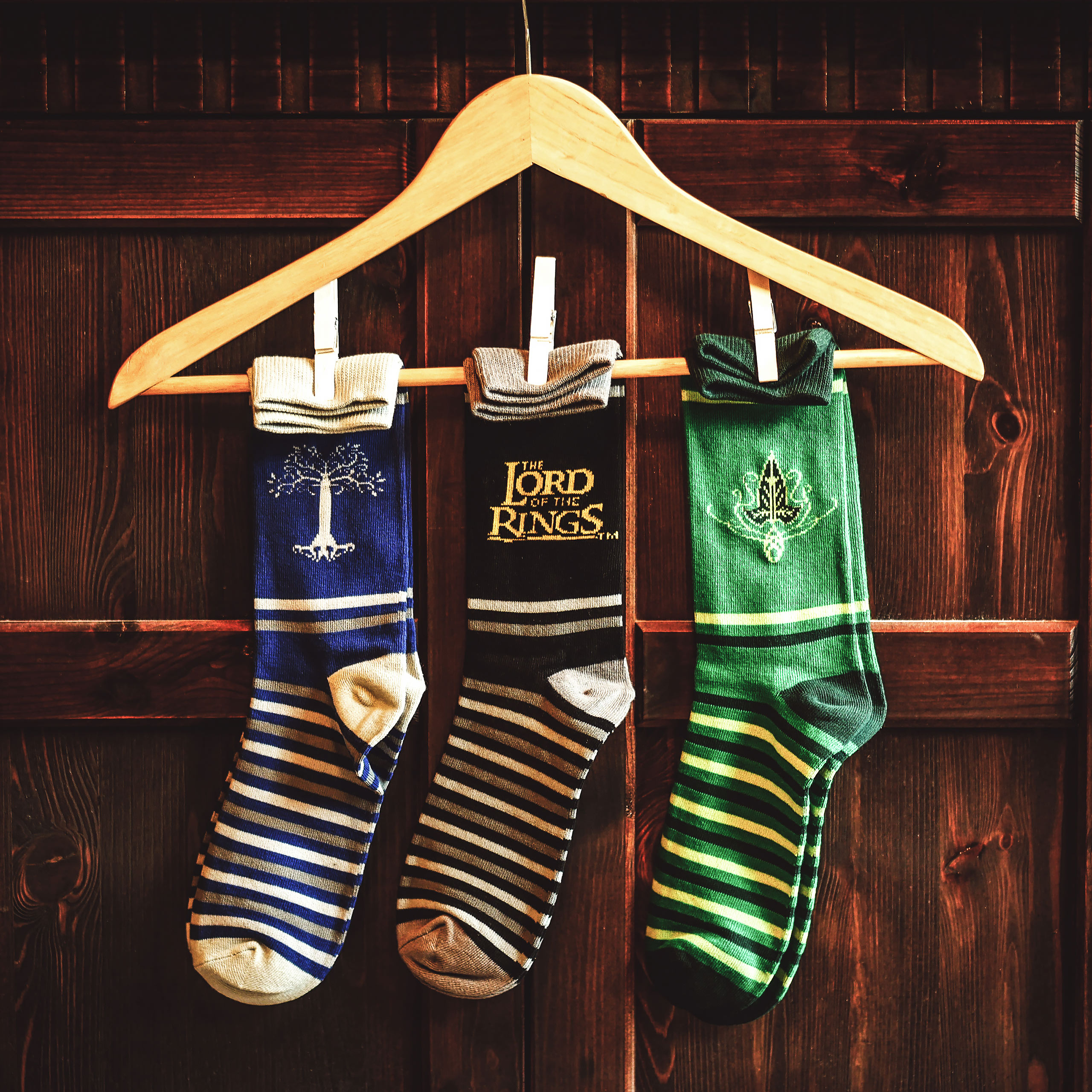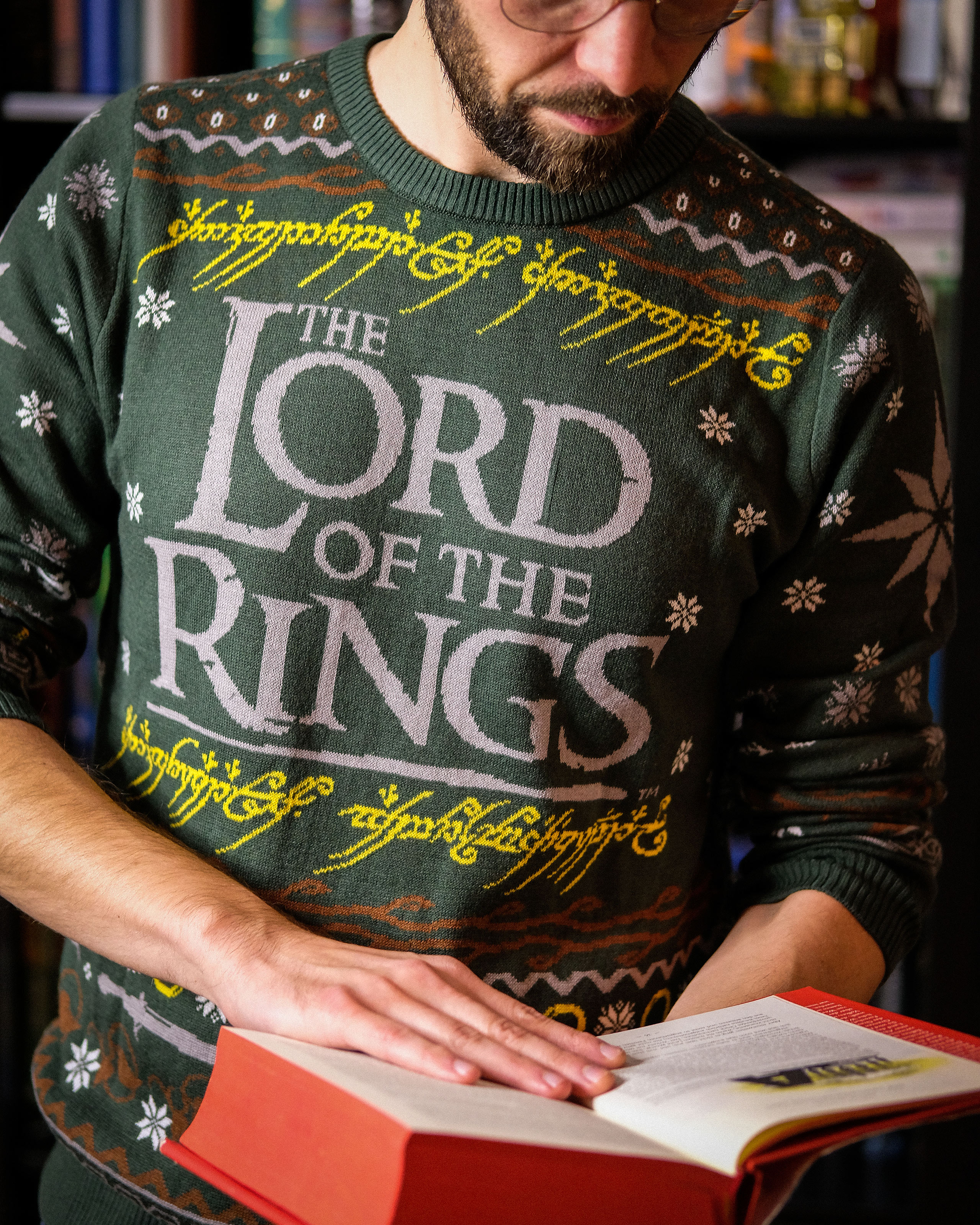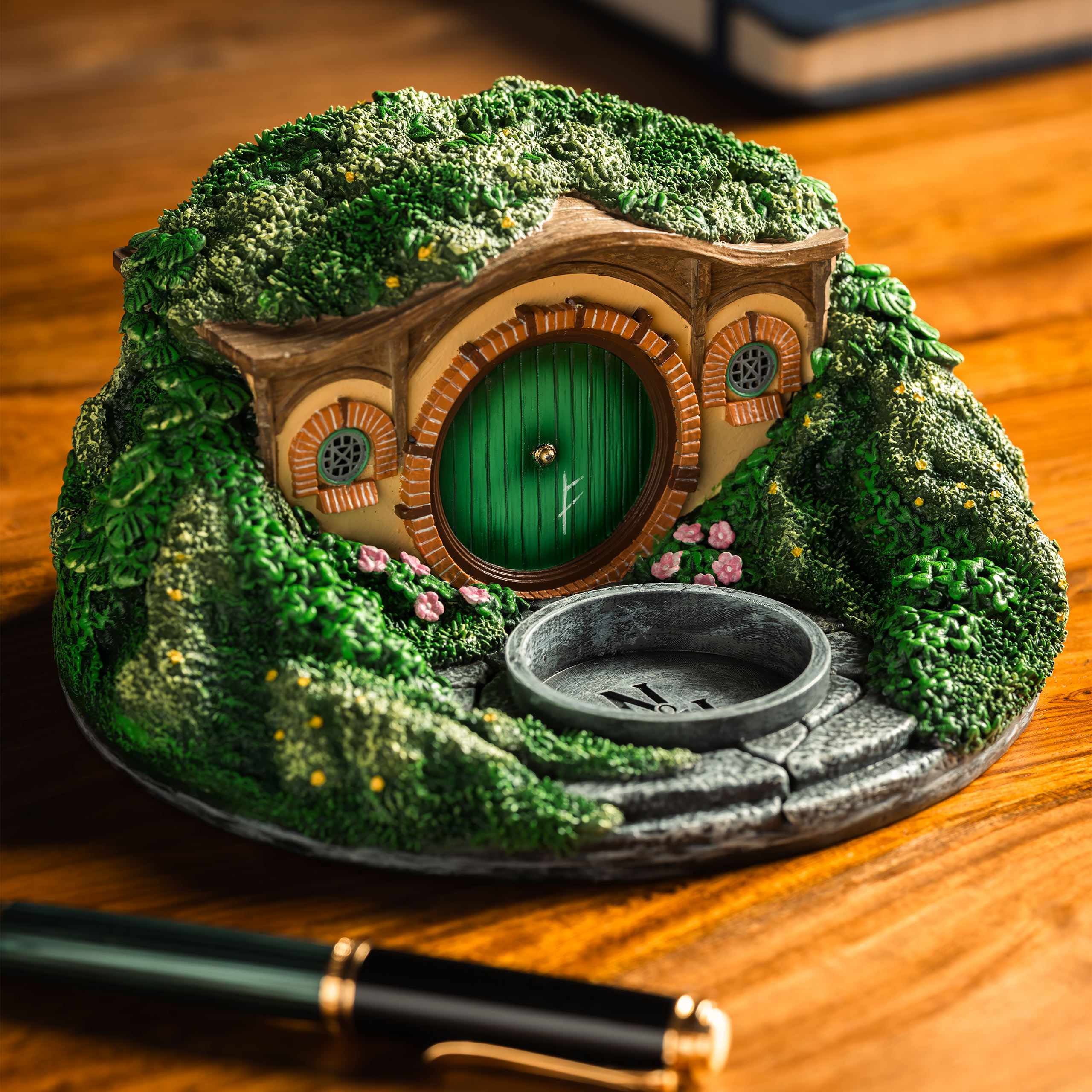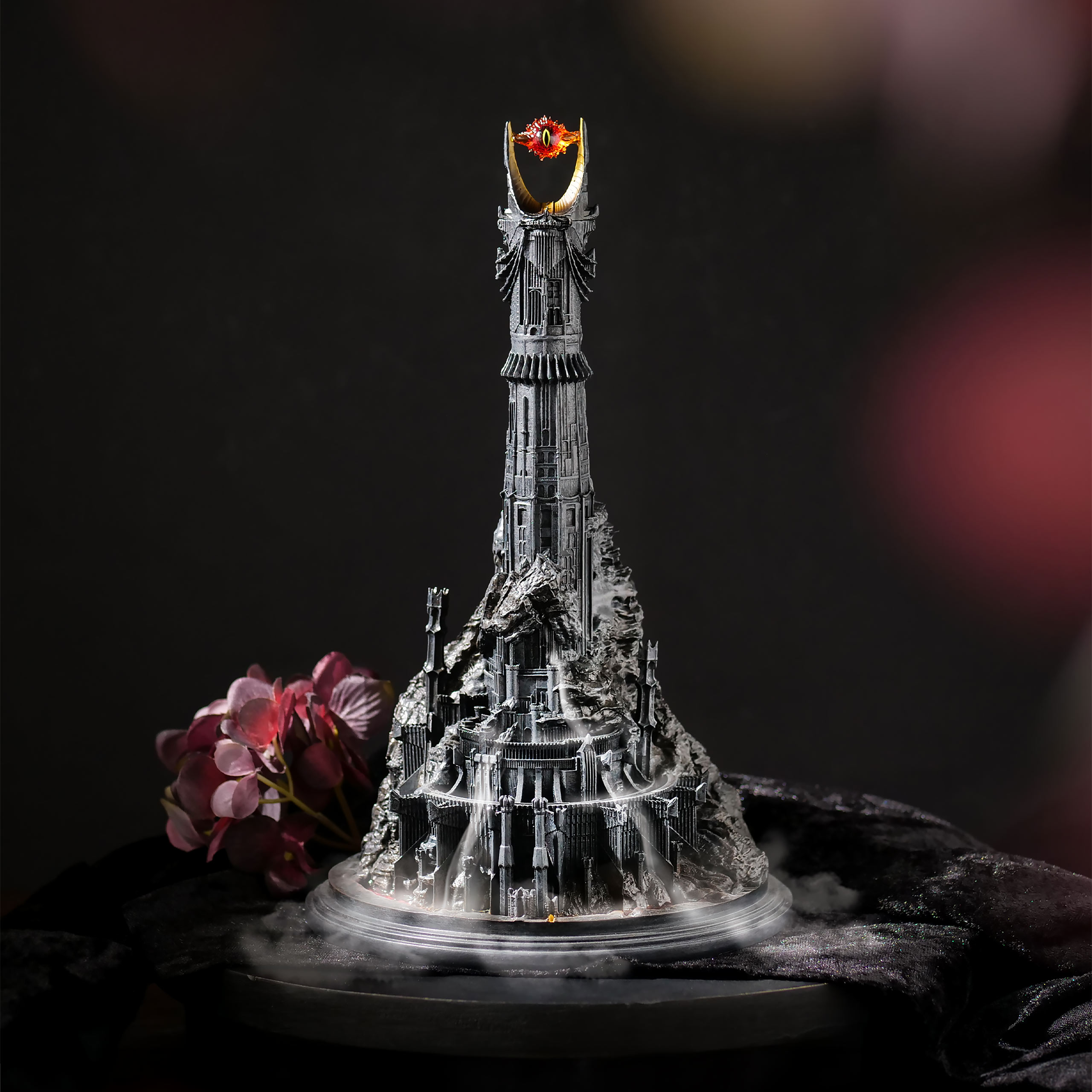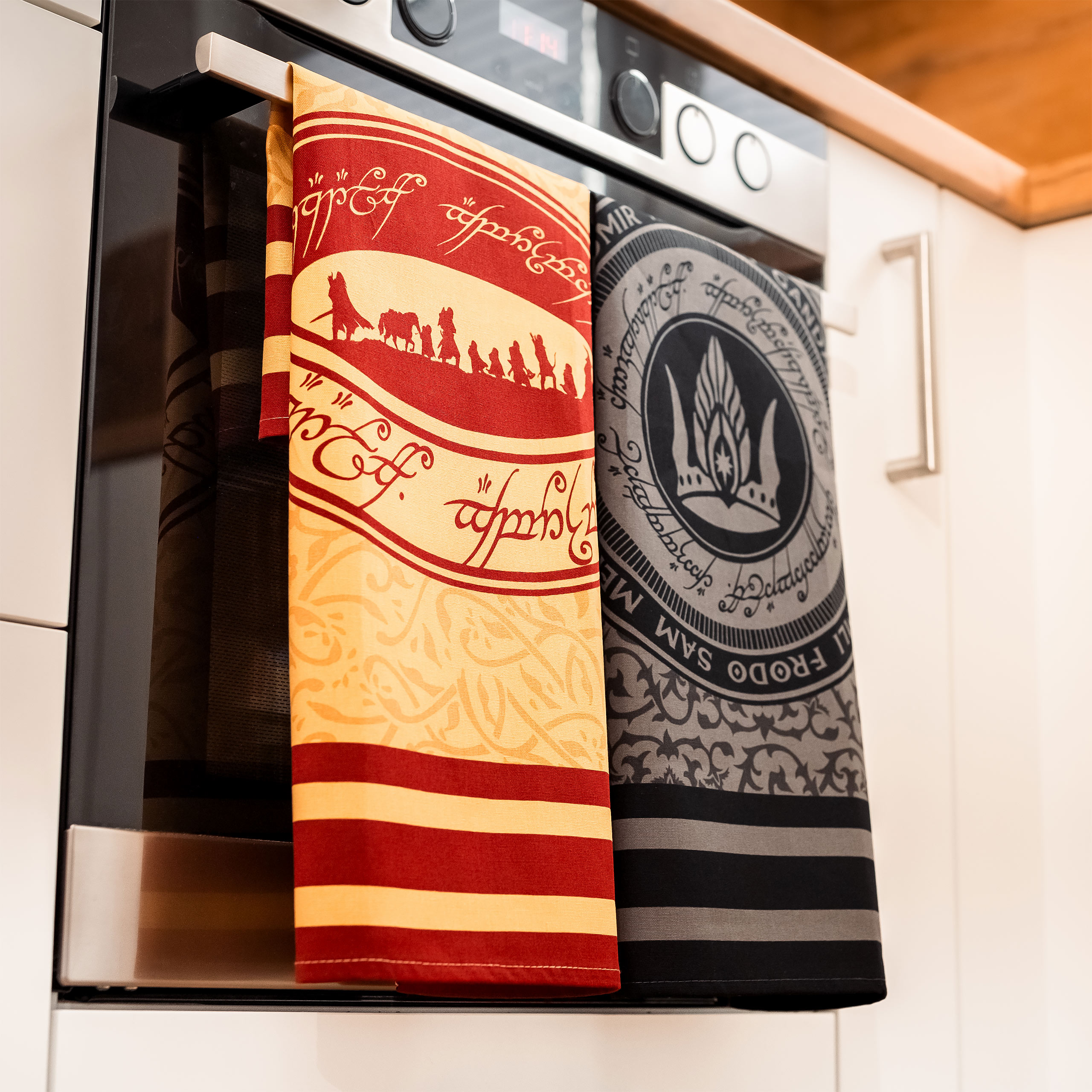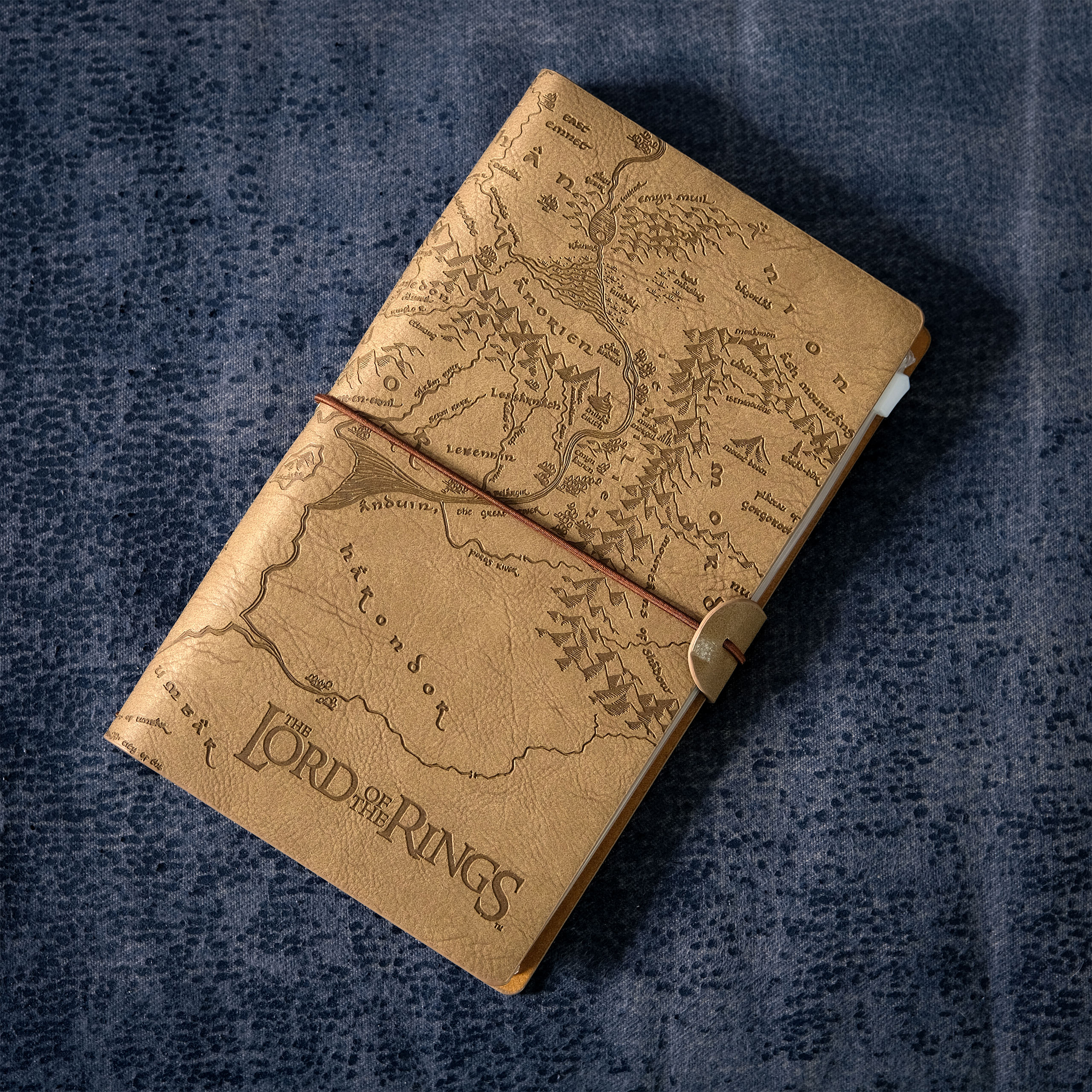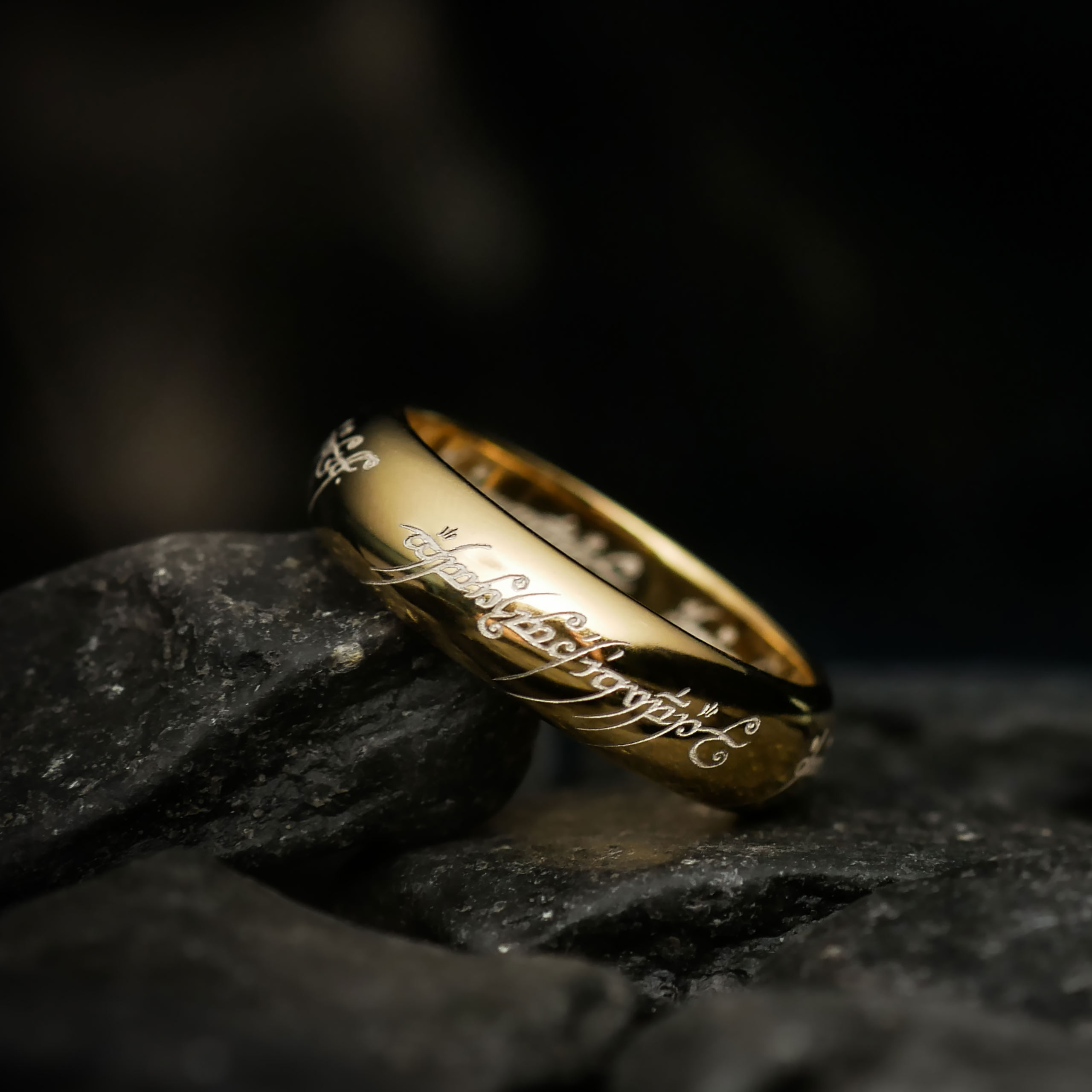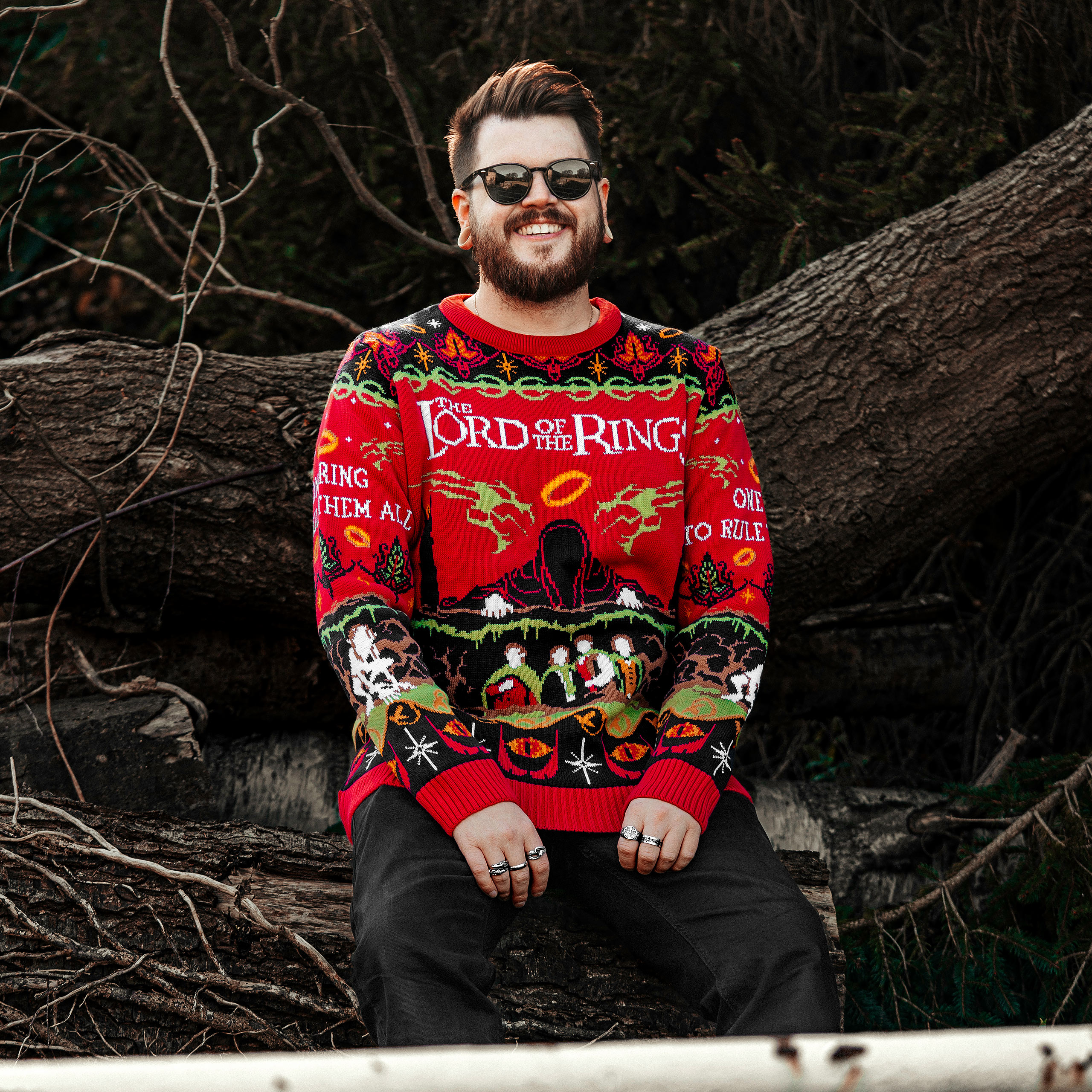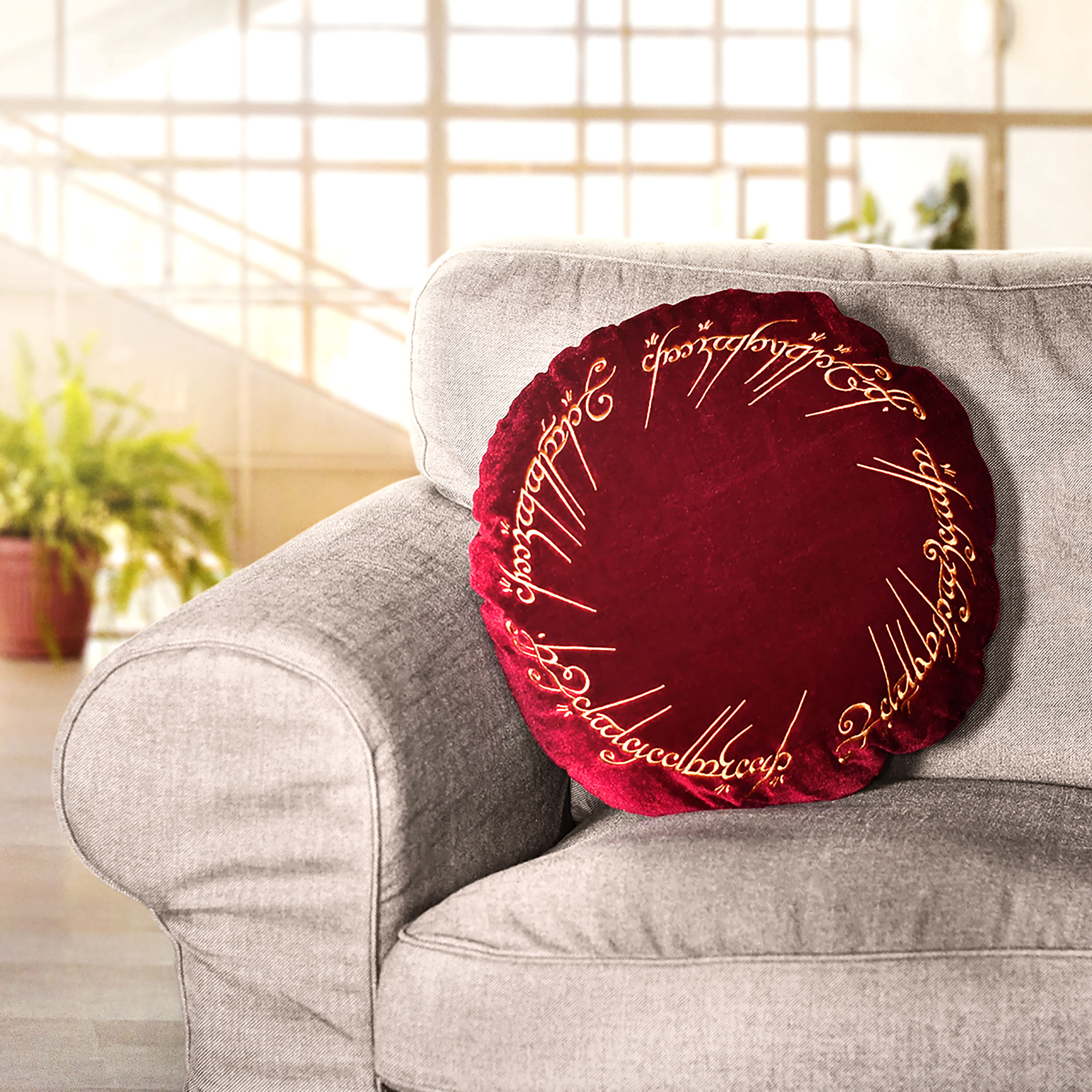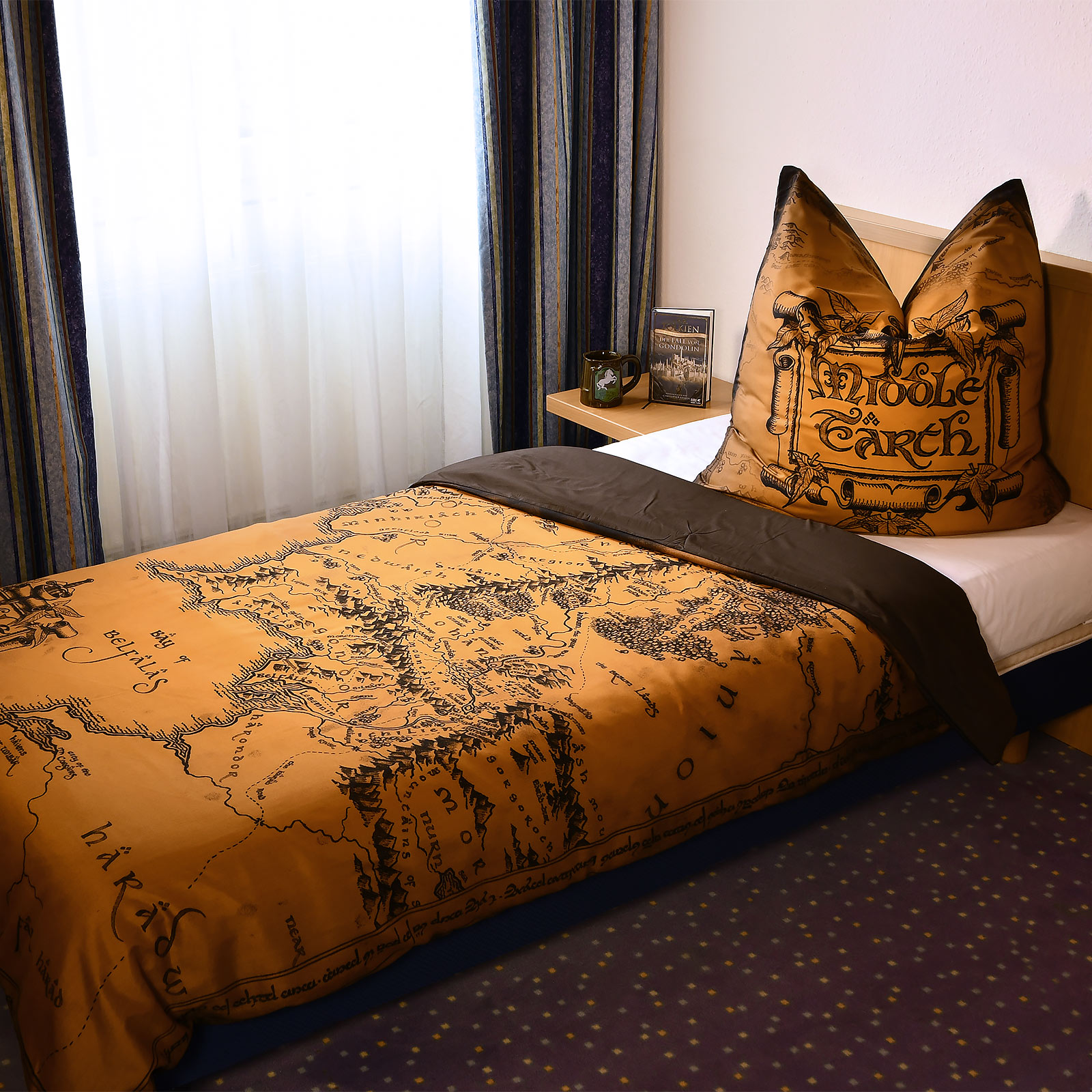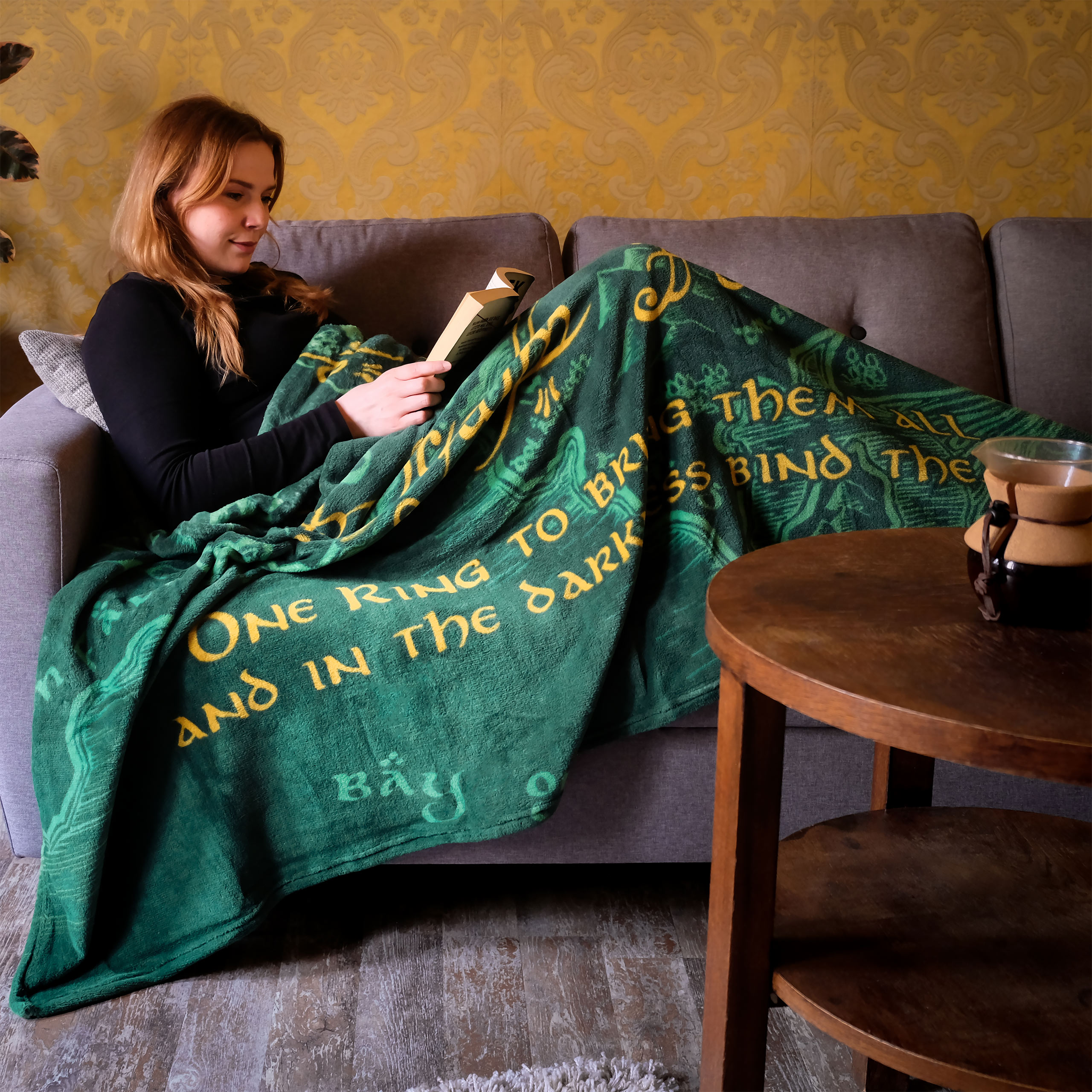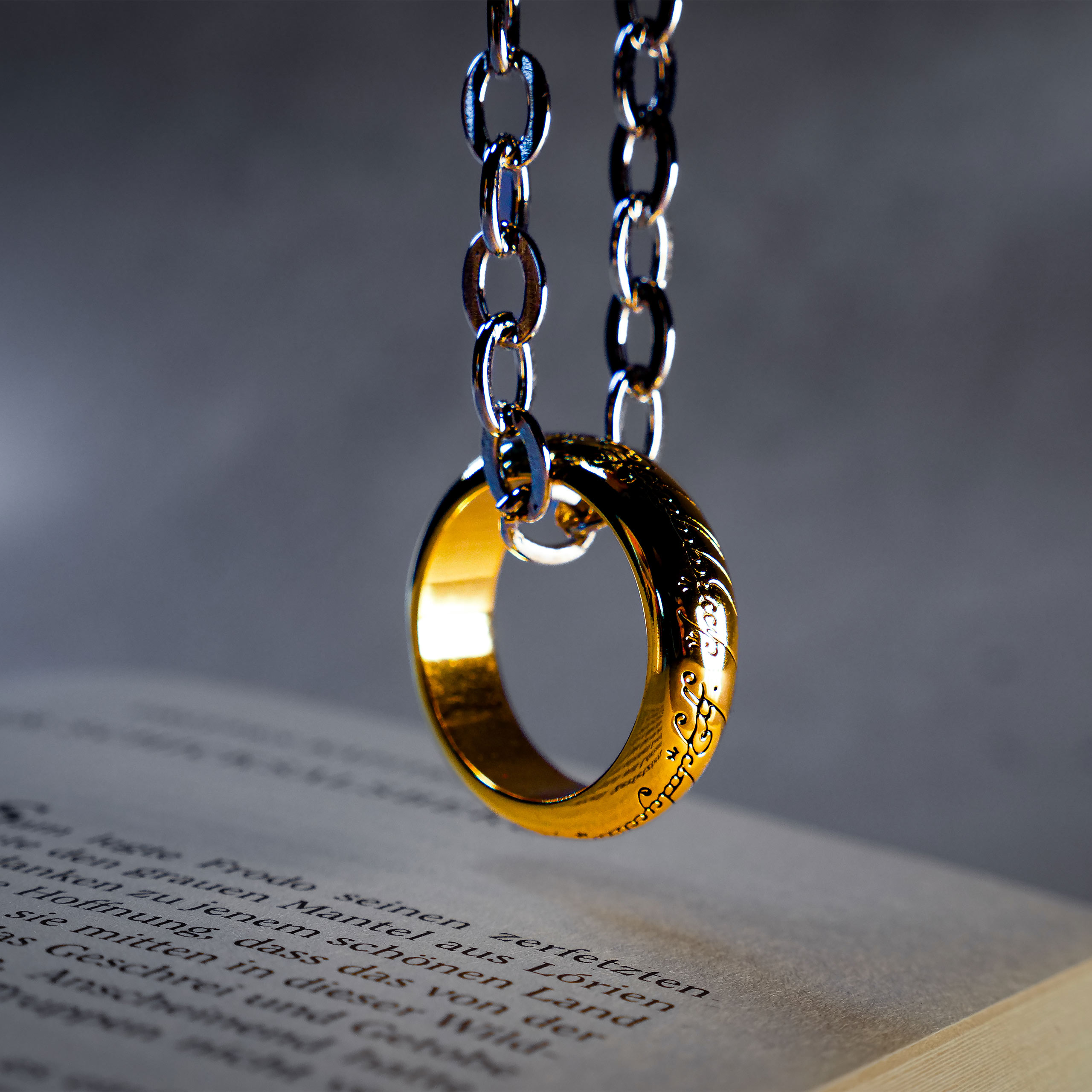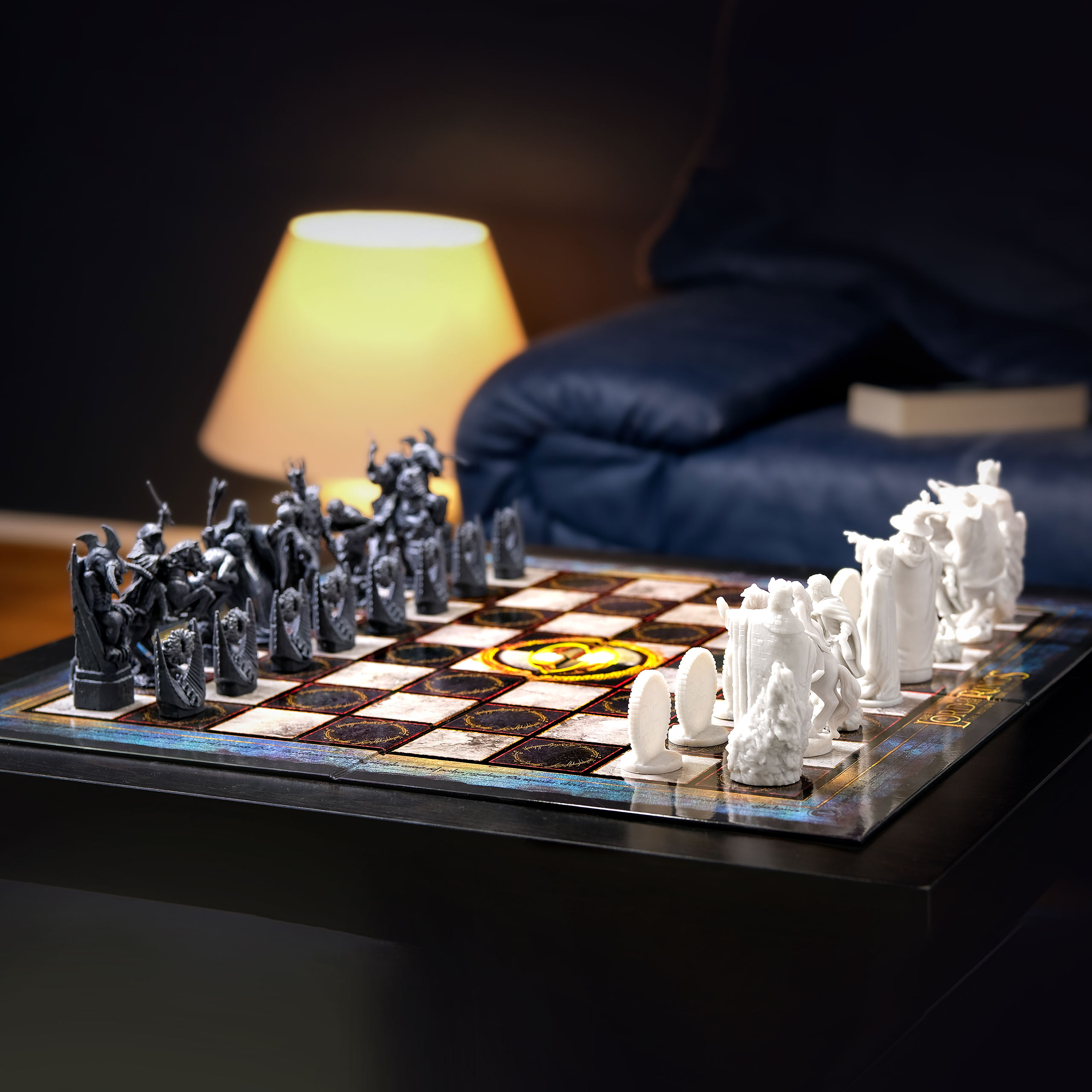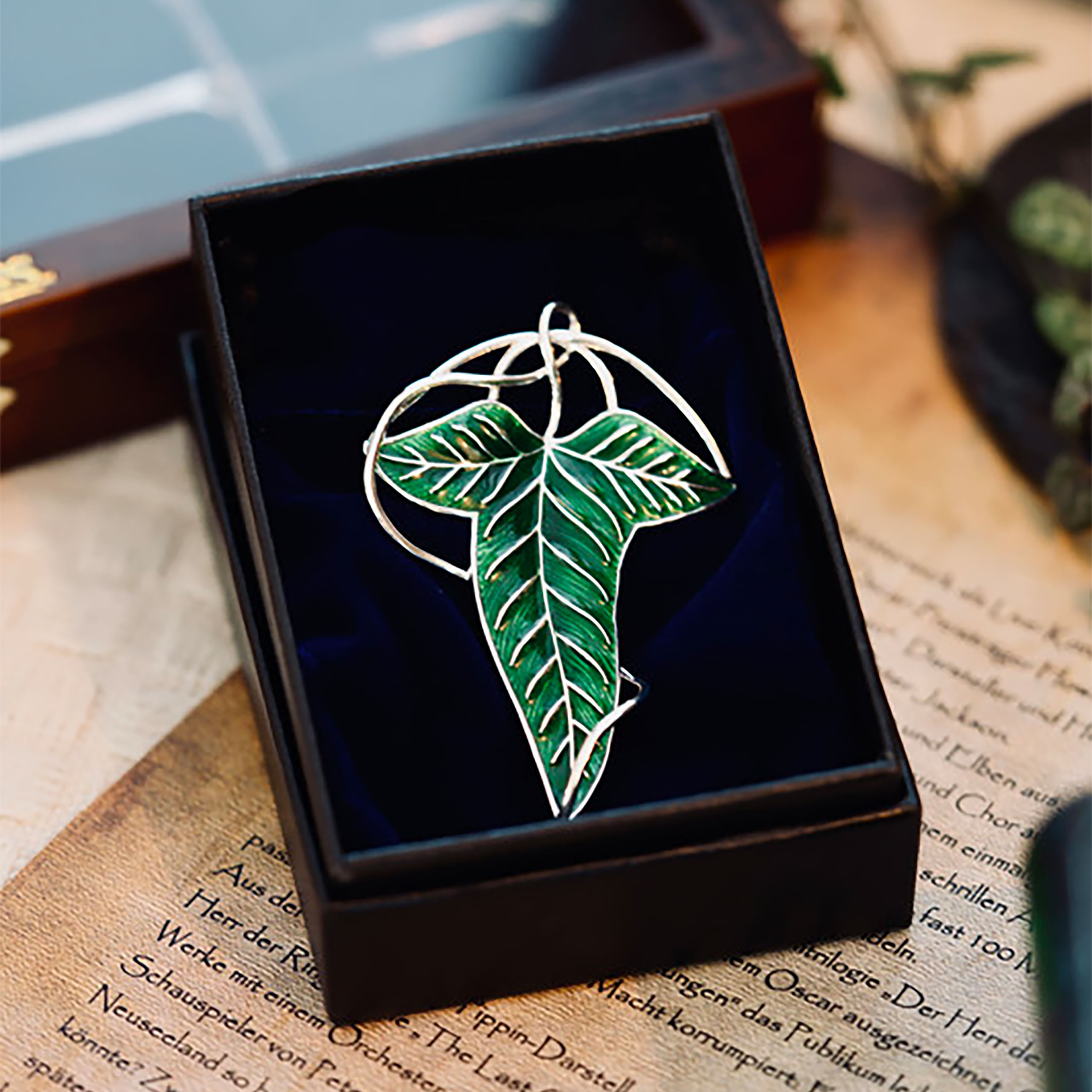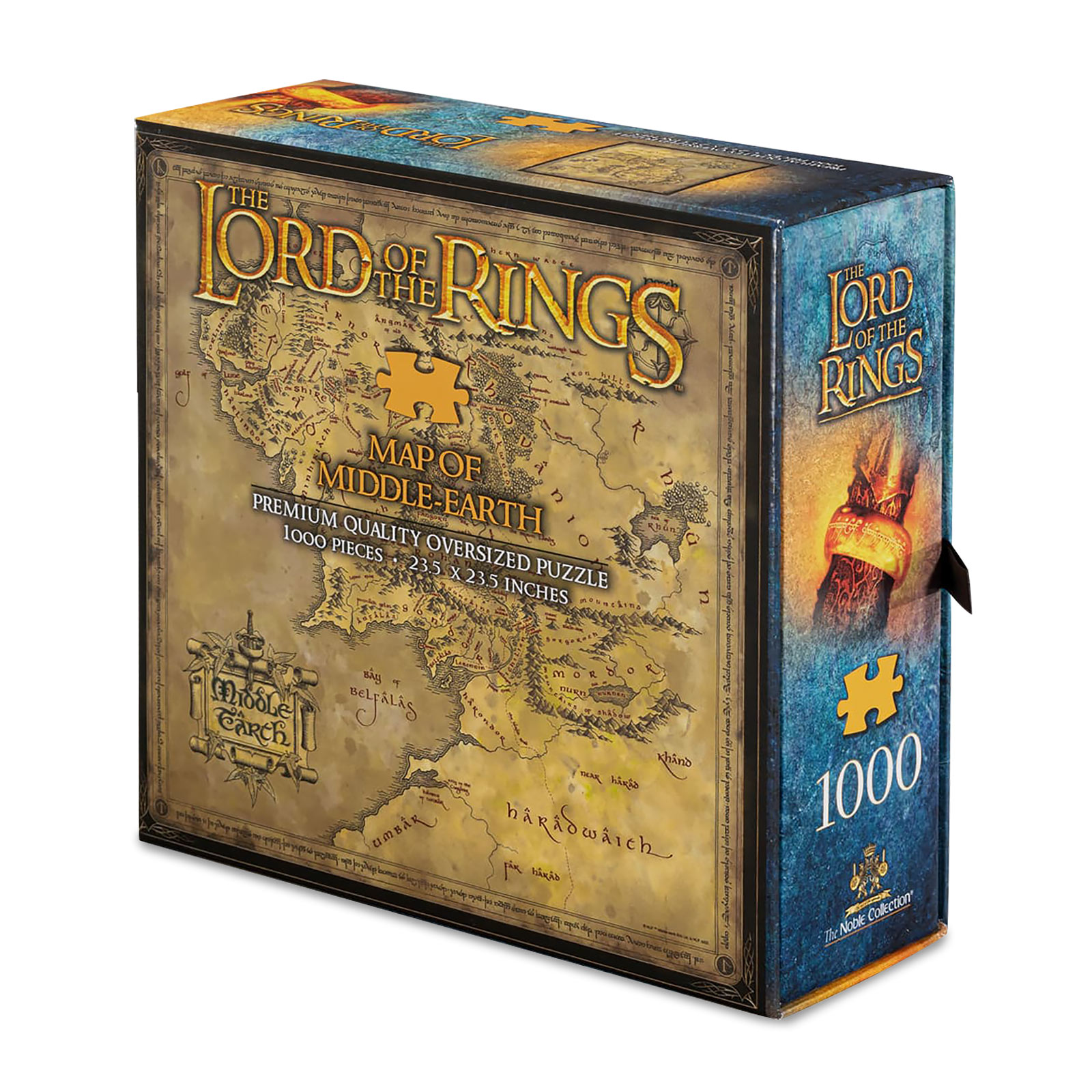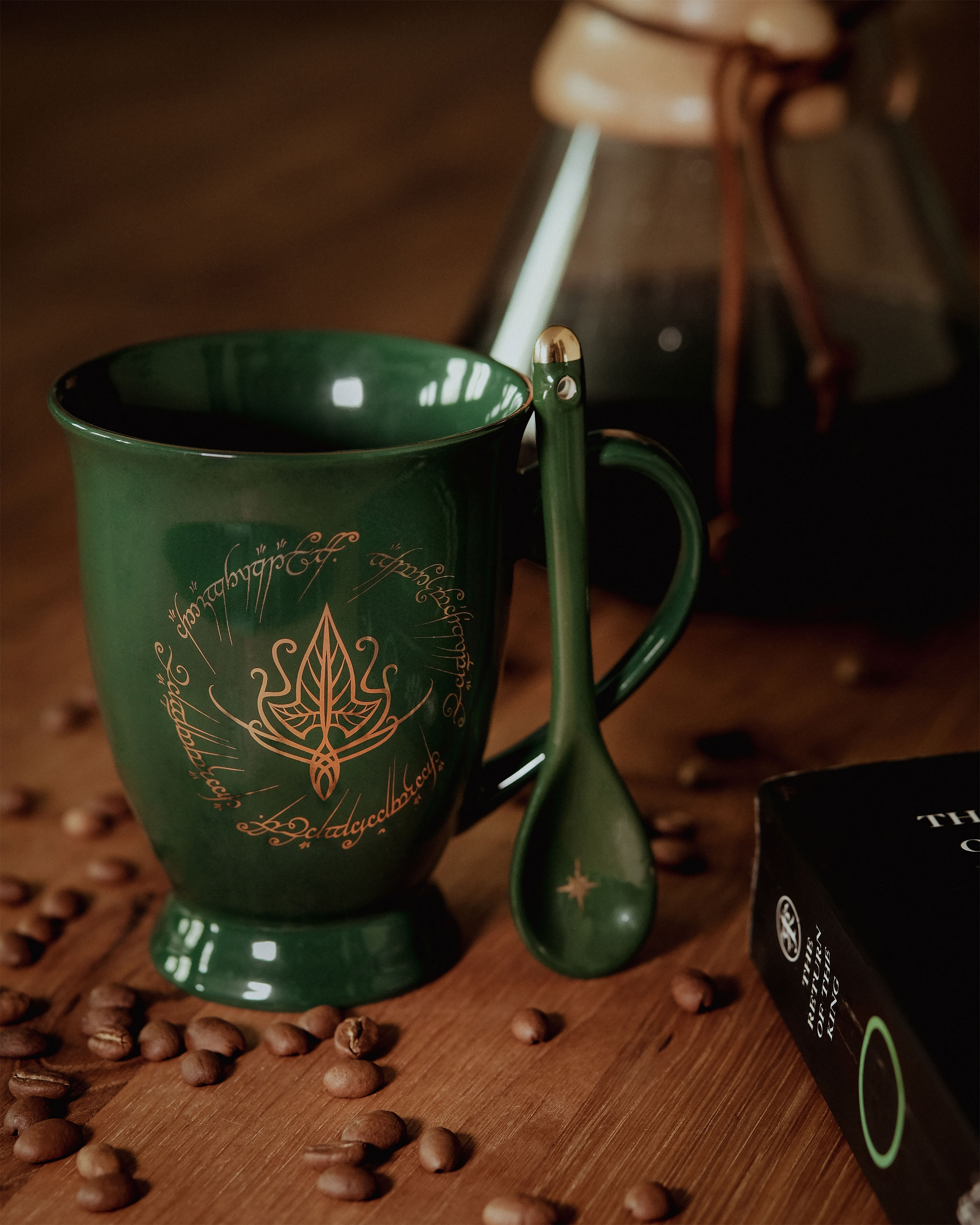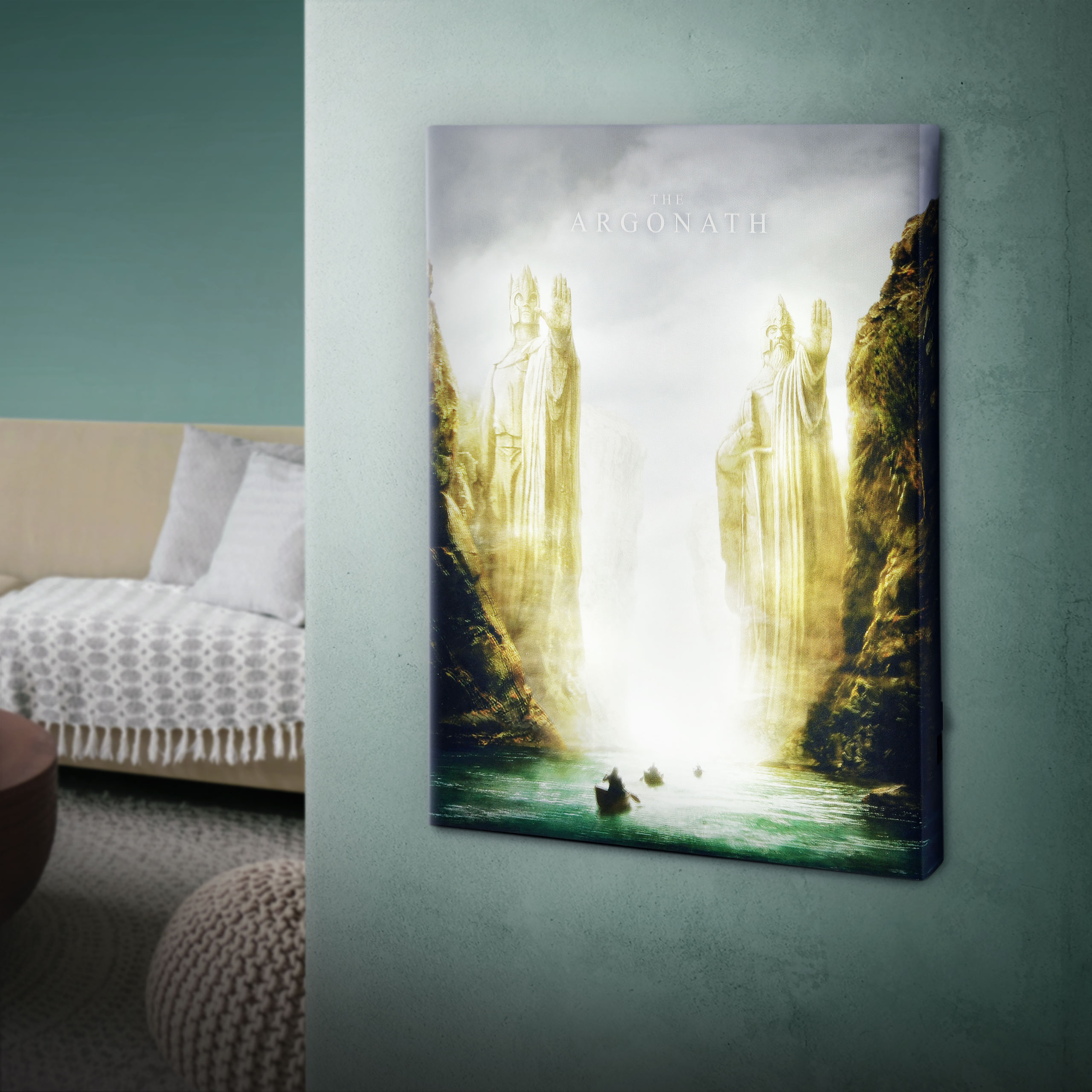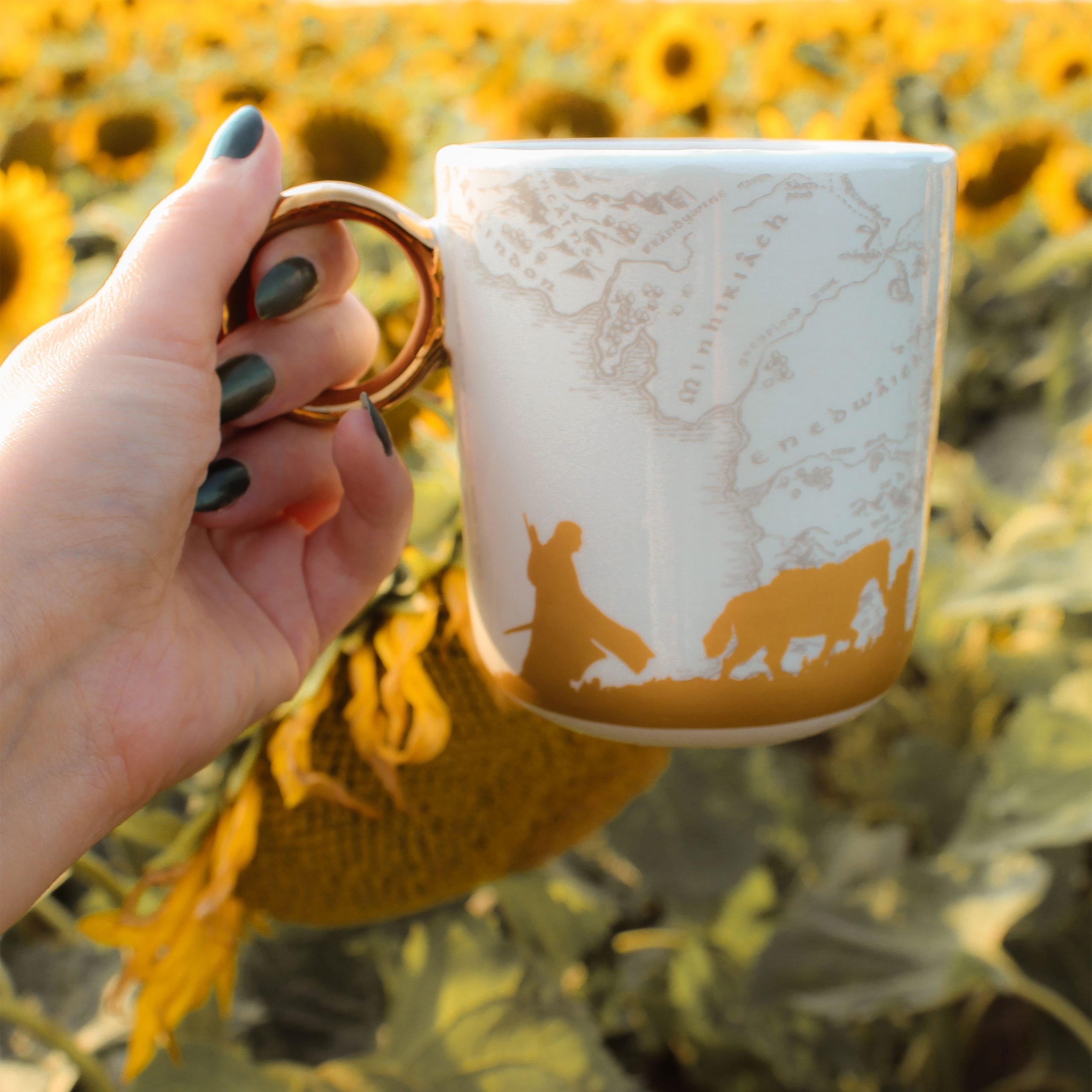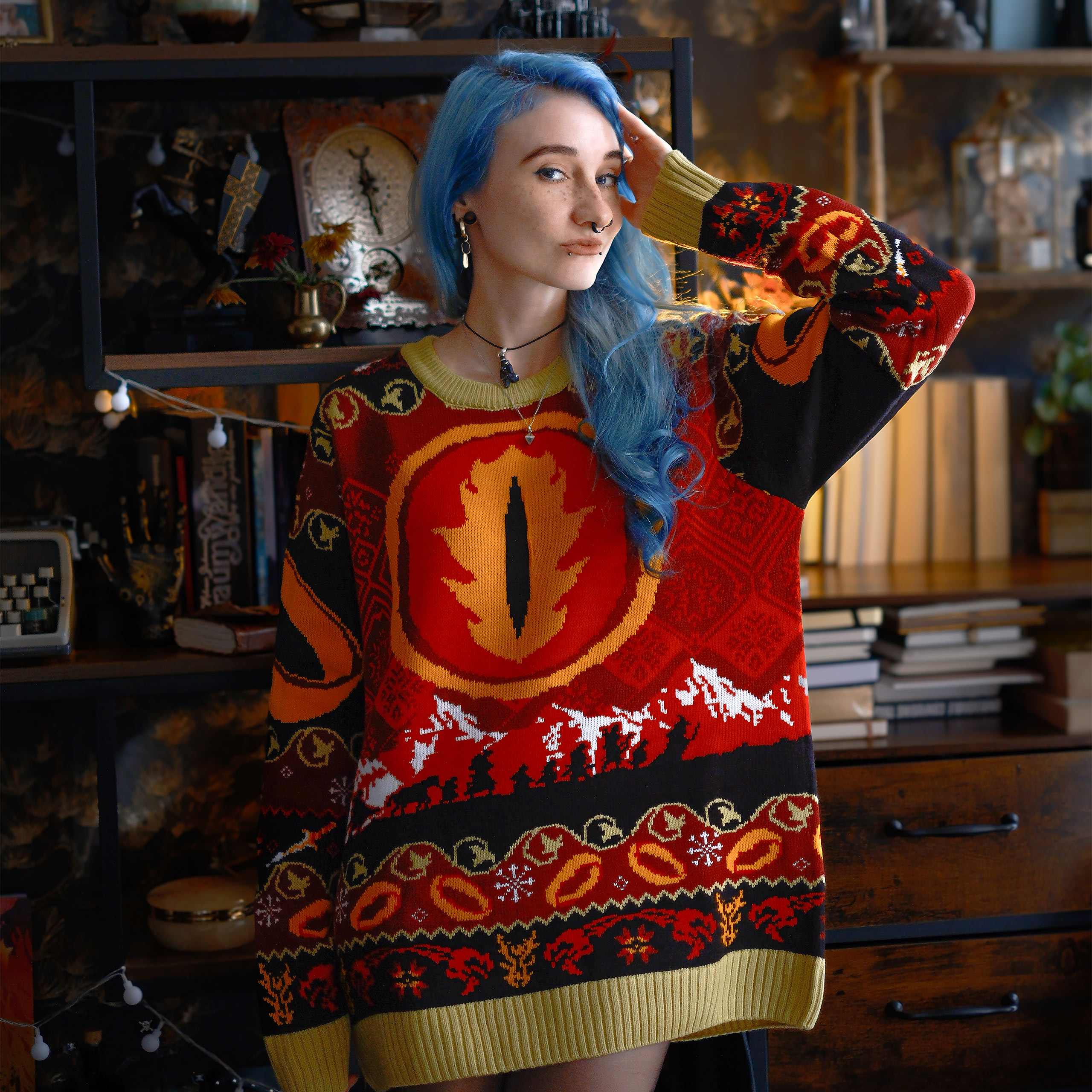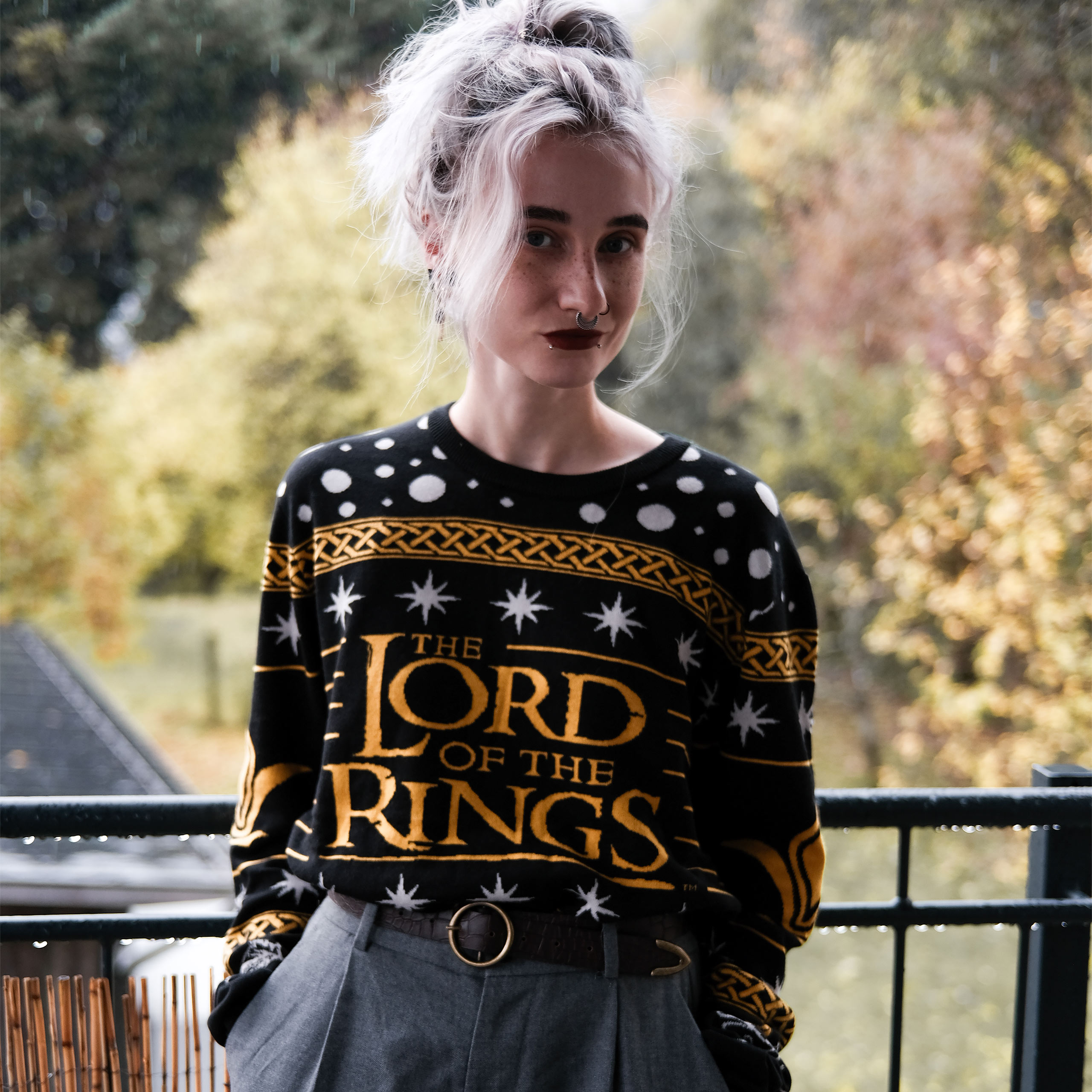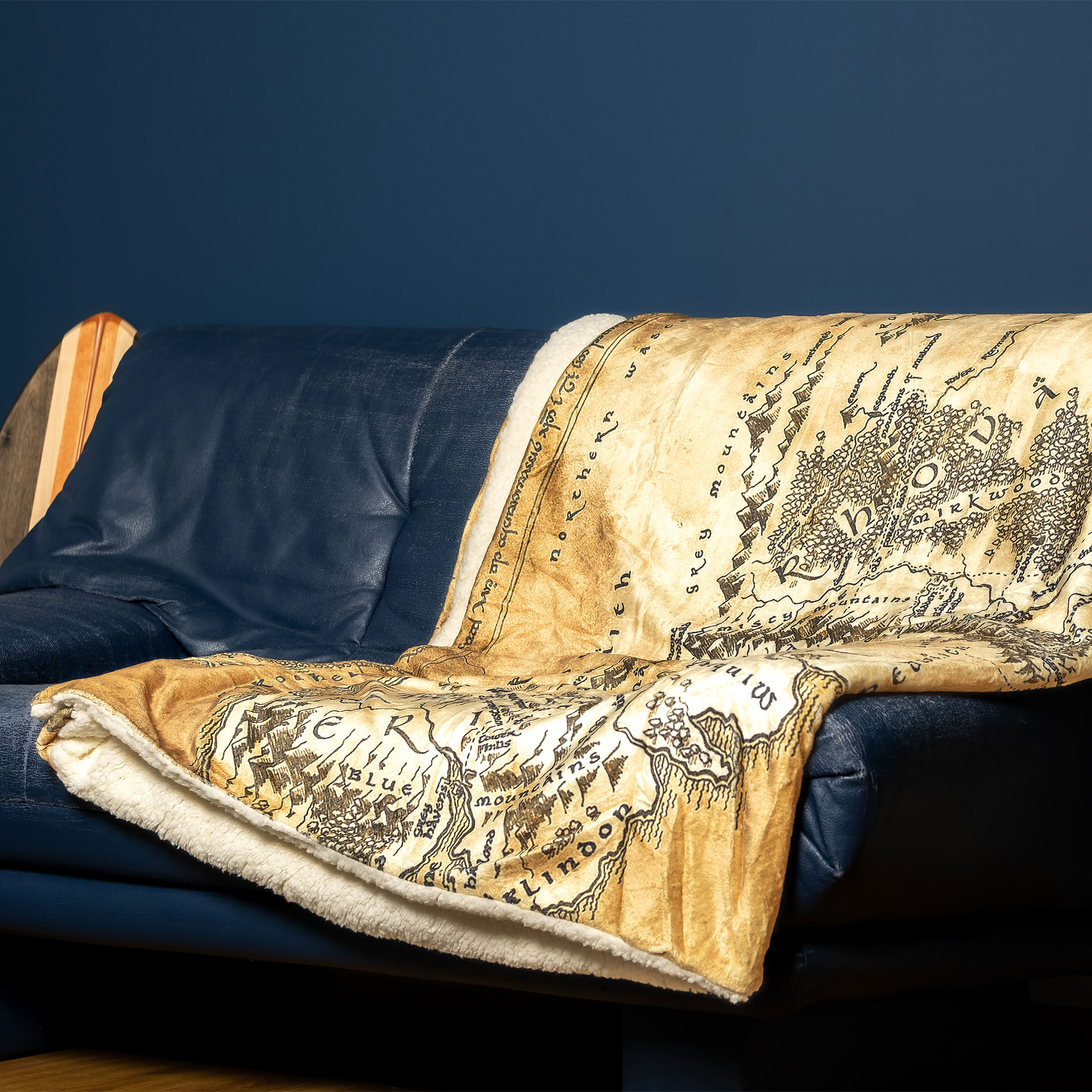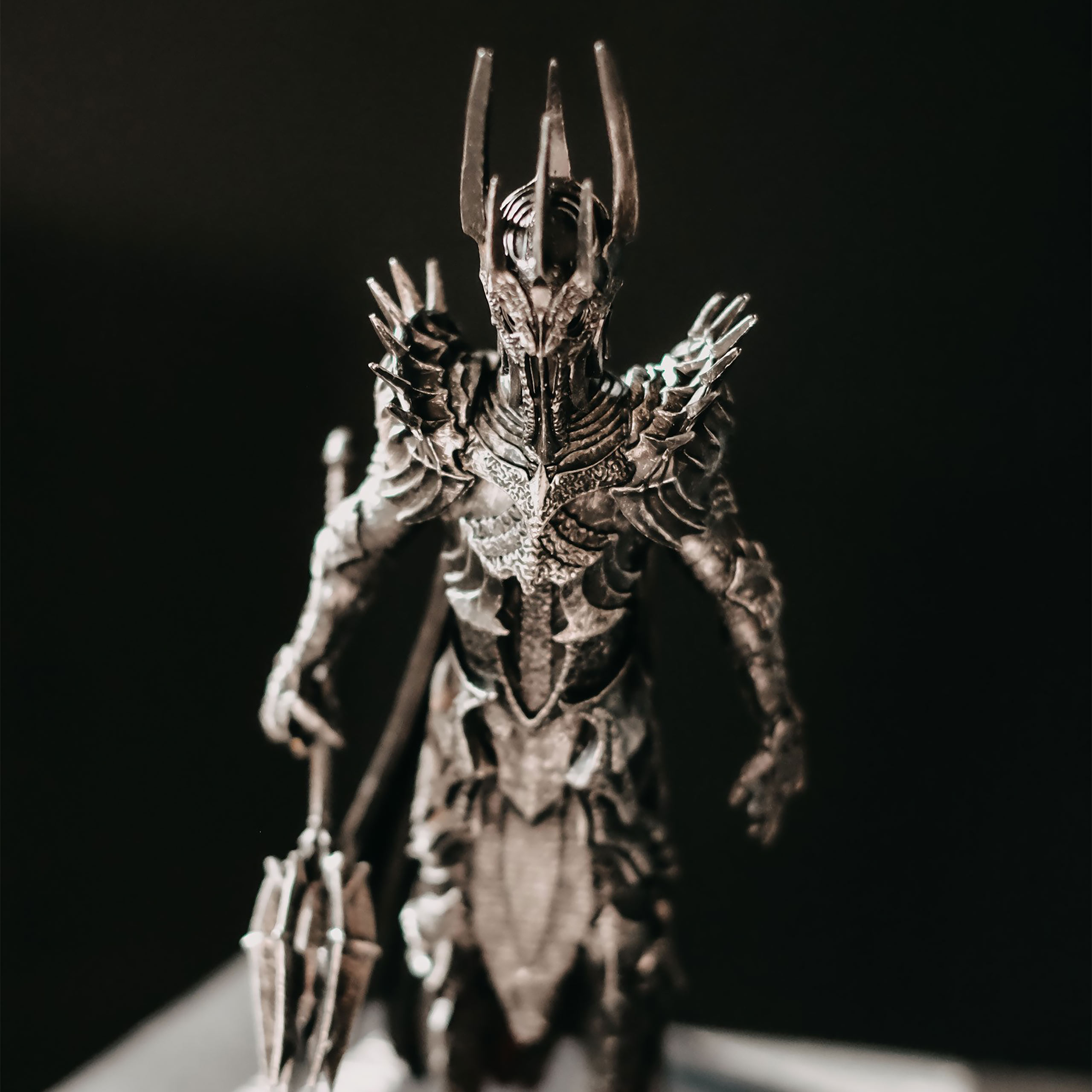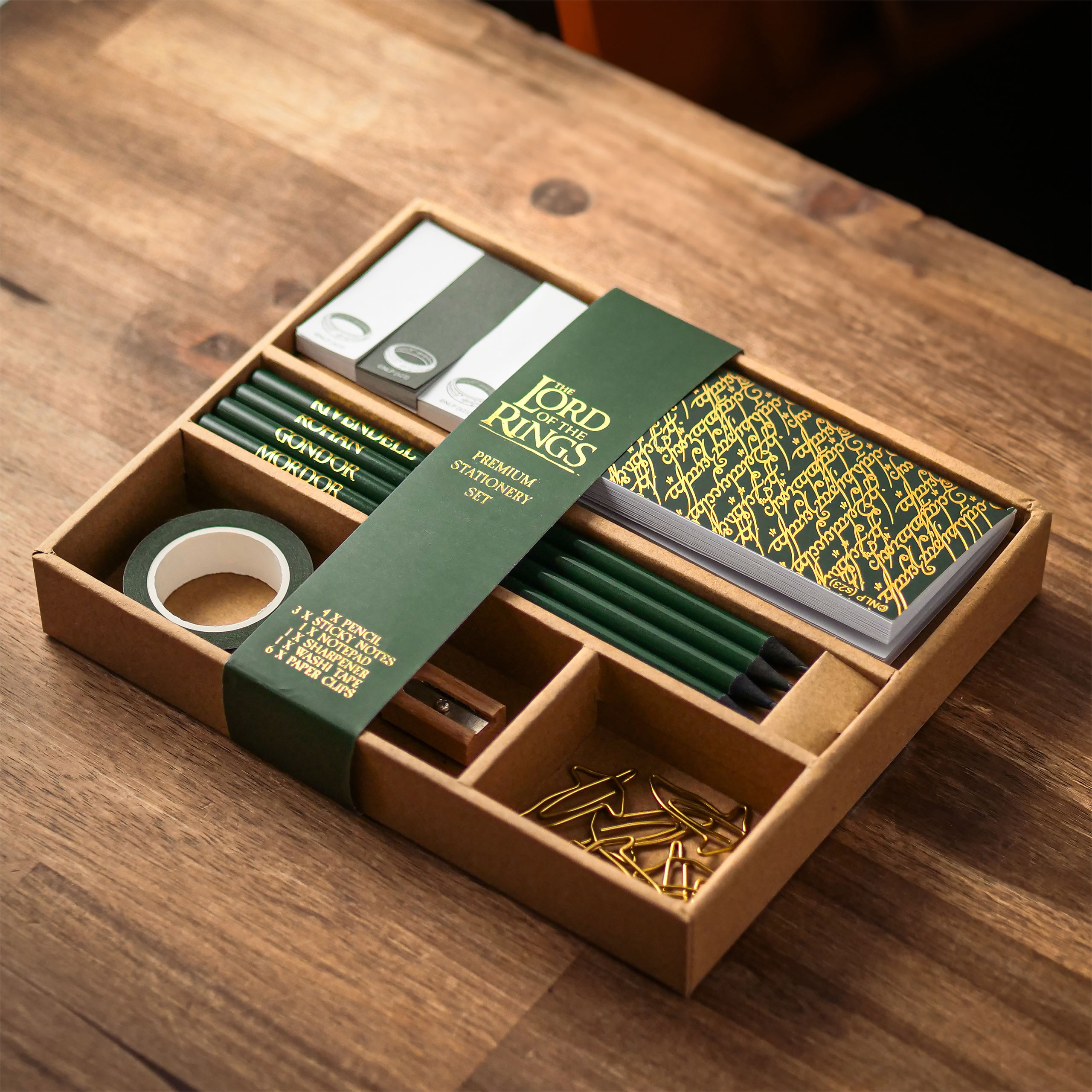The Lord of the Rings
It's a dangerous thing, Frodo, to click through our The Lord of the Rings and The Rings of Power categories. You'll start scrolling, and if you don't watch your fingers, there's no telling what will end up in your shopping cart. Maybe even ... the One Ring?
-
All brands
-
The Lord of the Rings
- cups
- characters
- Rings
- Necklaces
- Decorative swords
- T-shirts
- Replicas
- Murals
- Christmas
- puzzle
- Candles
- Card games
- Stationery
- Pins
- Wristwatches
- Action figures
- reference books
- Key chain
- Glasses
- purses
- Costumes
- Funko figures
- Bed linen
- pillow
- chess
- Cover
- Socks
- Scarves
- Plush figures
- Hoodies
- Plate
- Accessories
- Knitwear
- bag
- Bracelets
- Baseball caps
- Hats
- Bookends
- bookmark
- Rucksacks
-
The Lord of the Rings
The best
Lord of the Rings cosplay
The Lord of the Rings: a testament for eternity
J.R.R. Tolkien's The Lord of the Rings is the greatest fantasy work in modern literature, that is something we can surely all agree on. Over many decades, this Oxford professor created a vast world, complex story, fictional peoples and languages, all in intricate detail and with quite a few epic moments — it's a work that is an inevitable benchmark for every fantasy novel. Today, the same status is enjoyed by Peter Jackson's screen adaptation.
And yet, for a long time, The Lord of the Rings was considered unfilmable. Too big, too complex, too much of everything. But this did not deter the director, best known for his 'splatstick' Braindead and the comedy Meet the Feebles. Jackson brought with him a relaxed and practical New Zealand style that lifted the fantasy genre out of its niche and into the mainstream, changing Hollywood forever. Nevertheless, he was probably just as surprised as everyone else by the 17 Oscars he would receive for his trilogy. What on earth is it that makes the trilogy so unique to this day?
The Ambition
The film adaptation of The Lord of the Rings was an ambitious undertaking in every respect. That starts with the genre. Nowadays, a big fantasy brand may no longer be anything special, franchises like Game of Thrones or The Witcher get huge budgets thrown at them as a matter of course. Things were quite different in 2001. Of course there were fantasy films back then, but none with big budgets. Neither big money nor awards were a prospect for fantasy projects, in short: the genre was not taken seriously. It took a project like The Lord of the Rings to change this. Because the point of Peter Jackson's film adaptation is not so much that it is a good fantasy film, but just a good film in general. And that was only possible thanks to great ambition.
If you want to capture New Zealand's breathtaking panoramas, build huge film sets, forge an extensive arsenal of weapons and armour, and develop completely new technologies to realise your vision, there is one thing you will need above all else (in addition to ingenuity and hard work) and that's money. This came from New Line Cinema, among others, who also made film history in deciding to support the project. Not only was the whole licensing situation quite tricky, but an even greater challenge was the plan to shoot all three films simultaneously — something that had never been attempted before! If The Fellowship of the Ring had flopped in the cinema, and the other films had been released directly on DVD ... a project of this magnitude could certainly bankrupt a studio. But the calculations more than paid off — and ensured that it is now commonplace for films to be planned years in advance, see Marvel's Cinematic Universe, for example.
The obsession with detail
Middle-earth feels like the most grandiose world-building experiment in history. The time and attention to detail that J.R.R. Tolkien put into his world bear no comparison. Middle-earth quite simply feels more "real" than other fantasy worlds. With a greater depth. And that's also because Tolkien always prioritised quality over quantity. Instead of producing a vast amount of material with which to fill his world, the Oxford professor invested months, years and even decades in his manuscripts, refining details, ironing out inconsistencies, and gradually creating a world soaked with history.
Peter Jackson and his team benefited enormously from these endeavours. Everything was there, "all" they had to do was decide which elements they wanted to take up for their film adaptation. And that's also why the films feel as "real" as the books: the production team was as obsessed with detail as Tolkien himself! It is impossible not to be impressed by the time, money and effort that went into this, whether it's the huge sets, countless miniatures or the tiniest armour details. Examples? Among other things, 48,000 pieces of armour, 10,000 arrows, 500 bows, 1,800 hobbit feet and 10,000 Orc heads were produced for the films!
The Cast
The Lord of the Rings is one of the few films where the cast deserves to be described as "perfect". Most projects rely either on big names to attract as many viewers as possible or on completely unknown actors to save money. The Lord of the Rings is a brilliant mix. From today's perspective, we simply cannot imagine what the trilogy would have been like had Sean Connery actually been cast as Gandalf. Knowing what we know today, Ian McKellen is quite obviously the perfect Gandalf! He radiates wisdom and power while being equally good-natured, and yet is easily angered when faced with a "Fool of a Took". Or there is Cate Blanchett, whose captivating look makes her seem neither young nor old, just truly immortal. Exactly the way we imagined Galadriel.
As far as the cast is concerned, however, there is no greater challenge and no greater triumph than Aragorn, whose story is as legendary as the One Ring itself. Famously, Stuart Townsend was originally cast for the role — a choice Peter Jackson insisted on, by the way, despite opposition from on high — and he was fired right before shooting began. A decision made just one week before Aragorn's first appearance at the Prancing Pony was due to be filmed!
What luck that the American-Danish actor Viggo Mortensen stepped in at short notice. And Mortensen was the perfect fit for the role: he is a very well-read person who writes poems and short stories himself. He loves the wilderness, camping out in nature, horses, fishing, the whole deal. And most of all, he loves language and pays attention to every little detail. Screenwriter Philippa Boyens remembers his extensive input during filming: "He drove us crazy at times. If he came to find you with the book in his hand, you knew what was going on." Yes, Mortensen was completely absorbed in his role, he literally became Aragorn. He slept outdoors, tried to inspire his colleagues to do the same, rarely took off his costume and always carried the sword Anduril with him. All the stories from the set — how he knocked out a tooth, injured his foot, bought three of the horses used after filming, and plenty more — have simply further cemented his legendary status. Although he would not be interested in any of that.
The mix of live action and CGI
Clearly, without modern computer technology it would not have been possible to create The Lord of the Rings. And yet, the key reason we believe Peter Jackson's trilogy looks so great today is because the technology was sufficiently advanced but still severely limited. This forced the filmmakers to rely as much as possible on real actors, sets and practical effects such as forced perspective, rather than having everything done by computer — a criticism often levelled at Star Wars Episode I: The Phantom Menace, which was released just a year and a half earlier. In our opinion, it is also no coincidence that the Uruk-hai in The Lord of the Rings (played by real people in costume and make-up) seem much more menacing than the computer-generated Orcs in the subsequent Hobbit films. The fact that the films still look so great today is down to the right balance of computer effects and the real-world setting (thank you, New Zealand!). But let's not forget that the technical achievements were also fantastic, and still influencing Hollywood today, for example development of the MASSIVE software, which was able to simulate 10,000 Orcs in one battle.
At this point, we must also mention Gollum. Yes, even then there were CGI characters like Jar Jar Binks. But CGI characters that really felt genuine hadn't yet been created! And that's what makes Gollum such a fascinating achievement, thanks to a combination of terrific technology and the acting of Andy Serkis. It was perhaps the first motion capture performance that really convinced the audience. Gollum was not a human being in a costume. But neither is he a fully animated figure. This was Andy Serkis! In every movement and every facial expression. Gollum was also a character with depth, sometimes joyful and innocent like a young puppy, sometimes cunning and threatening like a thieving murderer. The Gollum/Smeagol monologue alone ... without the finesse of Serkis or the technical skills of Weta, it could have ended in chaos.
The music
A film is only as good as its music. Admittedly, that sounds slightly exaggerated. But only slightly. All you need to do is run a few minutes of typical DVD extras like unreleased scenes to emphasise what a massive difference good music makes. How it conveys emotions, builds character, adds depth to scenes. The score by Howard Shore is not just a backdrop to the action as in so many other films. The soundtrack stands for itself, telling its own story through sound. It describes characters.
From this perspective, the music for The Lord of the Rings is a "classic" soundtrack in the very best sense. Reminiscent of the way film music was made in the 1960s, 1970s or 1980s. Akin to Bernard Herrmann's Psycho or almost anything John Williams has created. The music in The Lord of the Rings is a symbiosis of the film and its story. The moment you hear a song like Concerning Hobbits or The Breaking of the Fellowship, you are instantly transported back to Middle-earth. And we shouldn't take this for granted: the music is universally accepted by fans. This is what Middle-earth sounds like, this is what The Lord of the Rings sounds like. As if it were an audio version of the Alan Lee artwork.
The success
The fact that Peter Jackson's trilogy would make history was certainly clear by 12 February 2002. This was the day on which the trilogy acquired the status it still retains today. Because on 12 February 2002, The Fellowship of the Ring was nominated for 13 Oscars, including Best Picture. Even knowing what we know now, it seems implausible: that's a massive number! No one had expected this fantasy film, this blockbuster, to be taken in any way seriously by The Academy. In the end, The Fellowship of the Ring had to make do with "just" four Oscars, but the nominations nevertheless showed the scope for these films. And when The Return of the King swept the board with eleven Oscars two years later, it merely confirmed what everyone had long since known: The Lord of the Rings was and is an extraordinary work of art, both the book and the films. Both have stood the test of time. And changed the fantasy genre in their respective mediums forever. Achieving this took time, money, work and, above all else, courage. And "courage is found in unlikely places", as Tolkien once wrote. For example, in tranquil New Zealand with its strange horror-film-obsessed director, who nobody would have believed capable of producing such a work.
